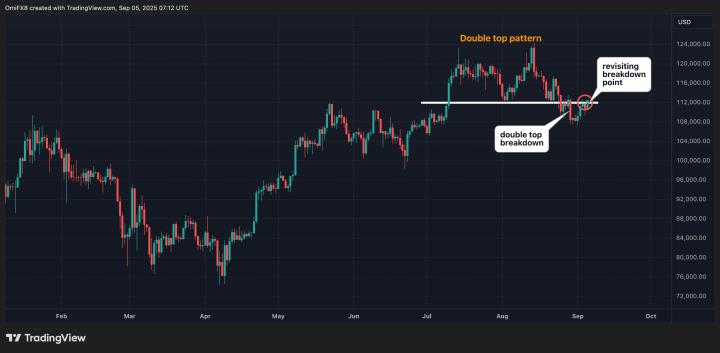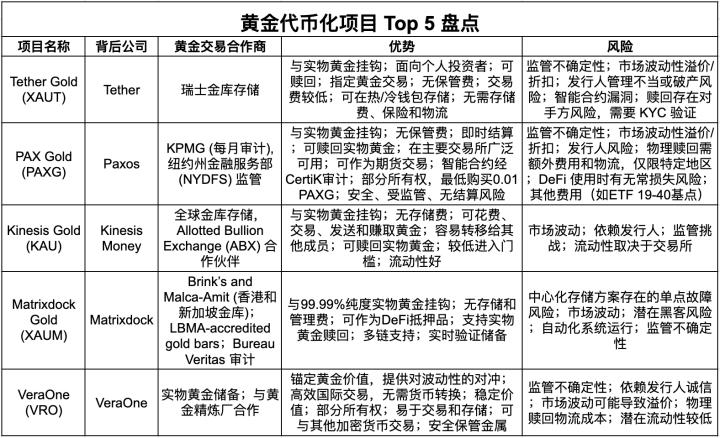Recently, ETH price is approaching its historical high point with strong upward momentum, and institutional funds are accelerating their inflow.
Against this background, multiple Ethereum ecosystem tokens are showing positive signs. In this article, we have carefully selected 12 Alpha tokens to interpret their latest developments and bullish reasons.
1/12 $BMNR
Under Tom Lee's leadership, the NYSE-listed company BitMine Immersion (NYSE: BMNR) has accumulated 1.2 million ETH, valued at $5.03 billion, becoming the world's largest ETH holder. Additionally, the company plans to continue buying ETH, with the goal of obtaining 5% of global ETH supply, and intends to use its held ETH for staking to earn returns. Therefore, BMNR is undoubtedly one of the strong carriers betting on Ethereum.
BMNR's aggressive hoarding strategy has also attracted Wall Street shareholders' endorsement. Cathie Wood's ARK Invest invested approximately $182 million, acquiring about 4.77 million common shares of Bitmine, of which $177 million will be used to purchase Ethereum (ETH); famous investor Bill Miller also invested in BMNR and compared it to ETHMicroStrategy; Peter Thiel's Founders Fund has also disclosed a 9.1% stake.
Benefiting from ETH price increases and the "hoarding" narrative, BMNR's stock price has continued to strengthen recently, rising nearly twofold since August.
2/12 $ENA
Recent bullish sentiment was ignited by Ethena's newly established department StablecoinX, planning to repurchase $260 million of ENA within 6 weeks, accounting for 8% of circulating supply, with daily real money buybacks. More importantly, the fee switch mechanism has been approved, and part of future protocol revenue will be directly distributed to sENA holders. According to Tokenomist's scenario simulation, conservative estimates suggest sENA could achieve an annual return of 4%, with optimistic scenarios potentially exceeding 10%.
Besides internal protocol benefits, in early June, Coinbase announced support for ENA and opened a USD trading pair, making it one of the few synthetic stablecoin projects to be listed. Meanwhile, the Ethena ecosystem continues to expand, collaborating with Pendle and other yield protocols to embed USDe into more DeFi strategies, enhancing sticky yield rates.
In the long term, Ethena is expanding the Converge Chain and launching a compliant stablecoin USDtb, gradually building a diversified income system to enhance counter-cyclical capabilities.
3/12 $PENDLE
Recently, Pendle has performed exceptionally well, with TVL breaking through $9 billion on August 13th, reaching a new historical high. Its token price once approached $6, with a monthly increase of over 30%, far exceeding the broader market.
Bullish logic is as follows:
1. Boros launch, converting BTC/ETH perpetual contract funding rates into tradable assets, attracting a large number of users in a short time and becoming the core growth driver of Pendle V3. Statistics show that in the first two days after Boros' launch, over $1.85 million worth of BTC and ETH were deposited, driving a sharp rise in Pendle TVL.
2. Pendle deeply integrates with protocols like Ethena and Aave, launching strategies such as PT-USDe, which almost contributes 60% of Pendle's TVL.
3. Since 2025, approximately $41 billion in institutional funds have flowed into DeFi. Pendle's launched Citadels compliance program provides convenience for institutional funds, also accelerating TVL growth.
4/12 $UNI
As the DEX leader, entering 2025, Uniswap has two major positive catalysts: the official launch of V4 version and the dedicated Layer 2 network "Unichain".
1. The V4 version allows developers to use Hooks to create customized pools and strategies, enhancing protocol vitality. Currently, over 2,500 Hook pools have been deployed, with projects like Bunni and EulerSwap using Hooks achieving cumulative trading volumes exceeding $100 million, bringing new vitality to Uniswap.
2. Uniswap plans to build its exclusive ecosystem through Unichain, which currently accounts for over 70% of daily active trading. This both expands the user base and disperses single-chain dependence, improving risk resistance.
5/12 $FLUID
In early August, Fluid's trading volume briefly exceeded Uniswap, reaching $1.5 billion in a single day, slightly higher than Uniswap's $1.3 billion during the same period. Fluid creates a unique liquidity layer that converts lending pool collateral into trading liquidity, significantly improving capital utilization efficiency. This model allows Fluid to achieve surprising trading volumes even with relatively low TVL.
Bullish logic is as follows:
1. Releasing massive liquidity: Fluid cleverly uses lending pool collateral/debt directly as trading pair liquidity, allowing assets to "kill two birds with one stone". Users depositing ETH or stablecoins on Fluid earn interest, while these assets are used to provide trading depth and generate additional fee income. More importantly, Fluid's liquidity layer automatically adjusts the proportion of each asset used for trading based on lending utilization rates and dynamically increases collateral requirements when funds approach lending limits to prevent bank runs and liquidation risks. This design significantly reduces fund fragmentation and improves single liquidity turnover efficiency.
2. Rapid development: Launched in 2023, Fluid has developed rapidly, becoming the fastest-growing DEX on Ethereum, achieving a cumulative $10 billion in trading volume in 100 days. Now, it is about to launch a more efficient "lightweight" exchange, potentially increasing daily trading volume to $400-600 million, with rapid product iteration providing imagination space for FLUID token value growth.
3. Increasing market recognition and valuation potential: With trading volume rising, $FLUID price jumped 14% in a single day in early August. Even after this rally, its circulating market value is around $290 million, far lower than Uniswap, representing a relatively undervalued target with high growth potential.
6/12 $LDO
As the largest Ethereum liquid staking protocol, Lido is ushering in a new development peak in 2025. Currently, Lido's TVL is close to $41 billion, accounting for 26% of the entire DeFi TVL.
Through analysis, it can be found that Lido is digging its moat deeper, with more and more applications accepting stETH as collateral or payment method, enhancing its liquidity and demand. For example, lending protocols like Aave already support stETH as a collateral loan asset, and stable pools like Curve provide stETH trading pairs, with stETH accelerating integration into various DeFi corners.
Against the background of continuous Ethereum staking heating up, Lido, as an industry leader, still maintains a stable outlook.
7/12 $AAVE
So far, Aave's TVL has risen to approximately $38.9 billion, nearly doubling since the beginning of the year, accounting for almost a quarter of the entire DeFi TVL, firmly holding the top spot in the lending market.
With the stablecoin narrative on fire this year, Aave's GHO stablecoin supply has grown from about $146 million to about $314 million, increasing by over 100%, and has successively expanded to networks like Arbitrum and Base, with Aave's voice in the stablecoin field likely to continue rising.
Moreover, Aave has been frequently announcing cooperation recently. On one hand, it launched the Horizon project to expand RWA channels, and on the other hand, it collaborated with Plasma to launch an institutional incentive fund, aiming to attract more financial companies to move their businesses to the blockchain. These series of measures consolidate Aave's position as an institutional-level DeFi lending entry point.
8/12 $CRV
Curve's decentralized stablecoin crvUSD is celebrating its second anniversary with a remarkable performance.
As a over-collateralized stablecoin launched by Curve, crvUSD has been widely integrated into various DeFi protocols after two years of development, and can even be used for daily payments. Thanks to its unique LLAMMA automatic liquidation mechanism, crvUSD has shown excellent resilience during market fluctuations, maintaining a 1:1 anchor while maximizing collateral value protection. In the first half of this year, rising DeFi interest rates drove savings crvUSD (scrvUSD) annual yield to nearly 8% and trending upward.
Although there are safety concerns, after experiencing DNS hijacking attacks, the Curve team quickly migrated to a new domain and advocated using anti-censorship methods like ENS and IPFS to provide front-end services.
Additionally, Curve founder Michael Egorov is developing a new yield protocol called "Yield Basis", aimed at providing sustainable yield rates for on-chain BTC and ETH, with the possibility of Curve ecosystem expanding into RWA.







